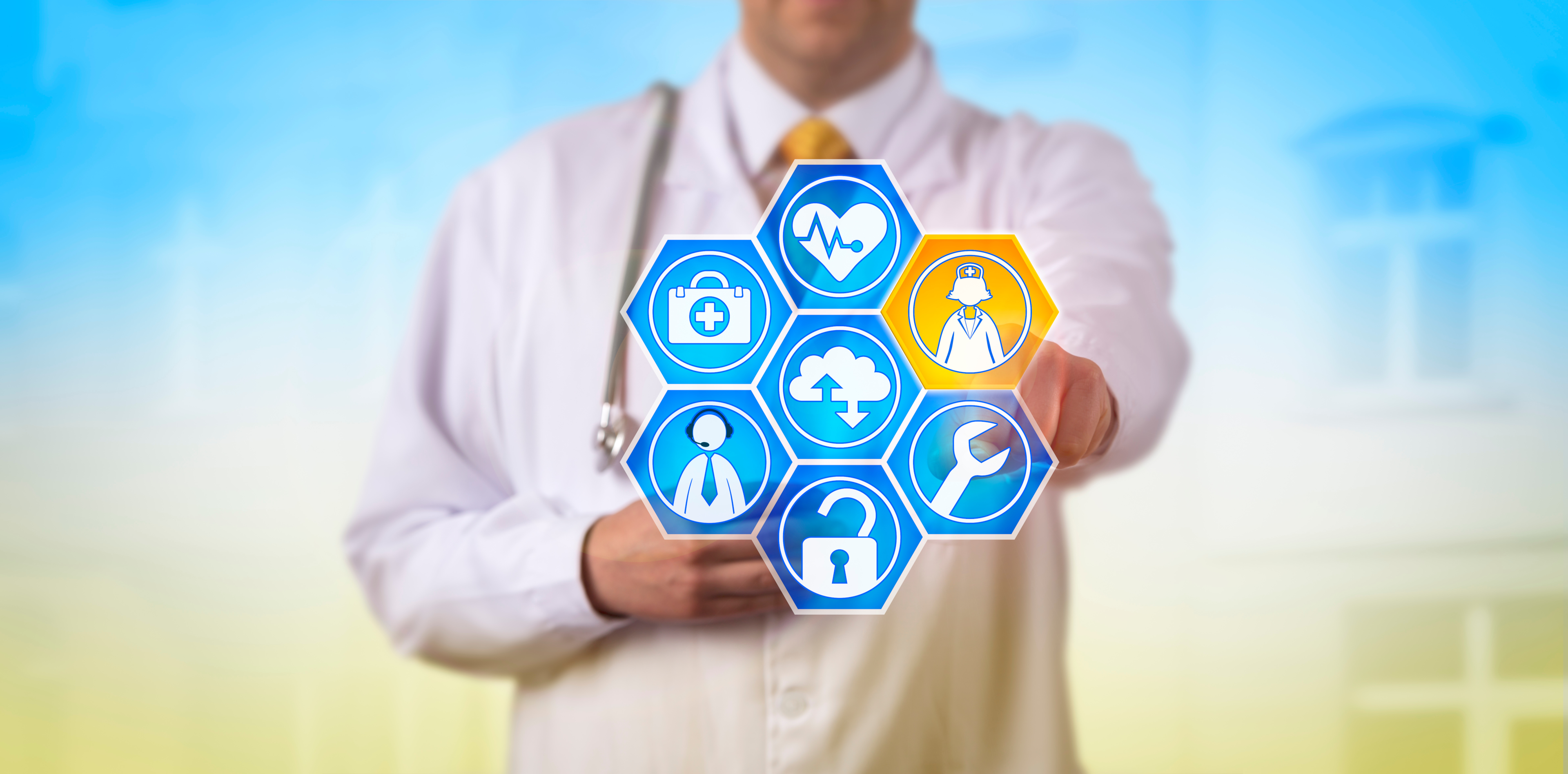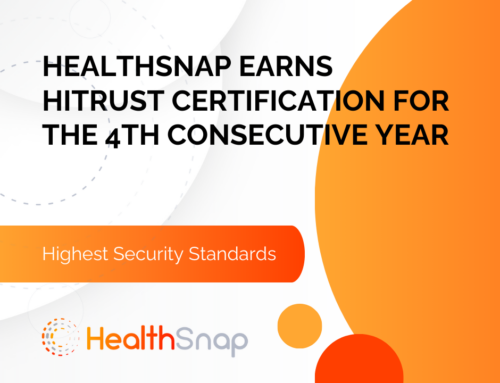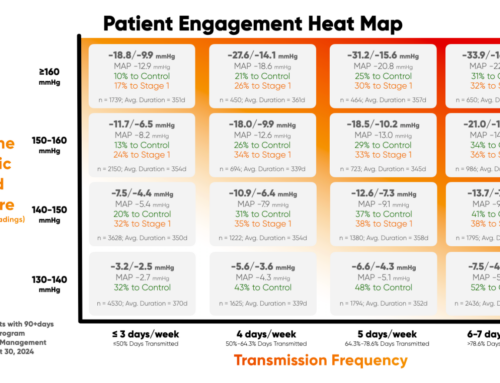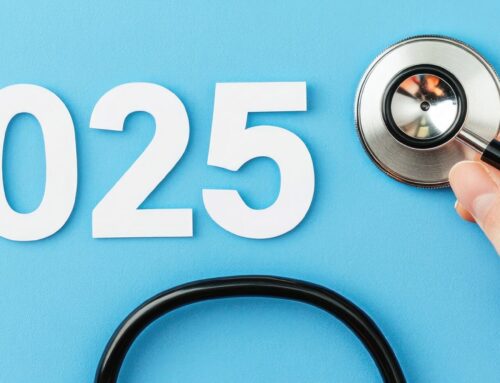To improve the quality of healthcare and make it accessible to all, the efficient management of resources is a prerequisite. Healthcare Utilization Management (UM) has emerged as a strategic framework to ensure the judicious use of medical services, control costs, and enhance patient outcomes.
With effective UM, healthcare organizations can achieve a delicate balance between resource optimization, cost containment, and patient-centered care. As the healthcare industry expands and evolves, a clear understanding and effective implementation of UM strategies will be essential for organizations committed to unlocking efficiency and delivering high-quality patient outcomes.
Key Strategies in Healthcare Utilization Management
Preauthorization
Defining Preauthorization
Preauthorization, also known as prior authorization, is a crucial step in the healthcare system where healthcare providers seek approval from payers before conducting certain medical services or procedures.
Importance of Preauthorization
The primary goal of preauthorization is to ensure that planned medical interventions are deemed medically necessary, appropriate, and cost-effective. By obtaining preauthorization, healthcare providers can secure approval from insurance providers, ensuring that the proposed services meet the criteria set by the payer.
Controlling Costs
One of the key advantages of preauthorization lies in its ability to control costs. By scrutinizing the medical necessity of proposed treatments, preauthorization acts as a gatekeeper, preventing unnecessary or inappropriate services that might contribute to escalating healthcare expenses.

Pre-certification
Defining Pre-certification
Pre-certification, similar to preauthorization, is a process where healthcare providers obtain certification or verification from insurance companies before providing certain medical services.
Controlling Unnecessary Utilization
Pre-certification plays a pivotal role in controlling unnecessary utilization of healthcare resources. By necessitating certification before specific medical interventions, healthcare providers can ensure that proposed services align with established criteria, preventing unnecessary hospitalizations, tests, or procedures.
Strategic Resource Allocation
Beyond cost control, pre-certification contributes to strategic resource allocation. It ensures that resources such as hospital beds, surgical facilities, and medical personnel are utilized efficiently, avoiding unnecessary strain on the healthcare system.
Case Management
Understanding Case Management
Case management is a collaborative and patient-focused approach that involves assessing, planning, coordinating, implementing, and evaluating the options and services required to meet the health needs of an individual.
Coordinating Care for Complex Cases
In the realm of complex medical cases, where patients often juggle multiple conditions and treatments, case management becomes a strategic and essential tool. By coordinating care across diverse specialties, case managers act as navigators, ensuring that patients receive seamless and well-integrated healthcare services.
Benefits of Proactive Case Management
Holistic Assessment and Planning
Proactive case management begins with a thorough assessment of a patient’s medical, social, and psychological needs. By adopting a holistic view, case managers can develop comprehensive care plans tailored to the unique requirements of each individual.
Improved Communication and Collaboration
Case management fosters improved communication and collaboration among healthcare providers, ensuring that every member of the care team is on the same page. This collaborative approach promotes efficient information sharing, reducing the likelihood of fragmented care.
Enhanced Patient Engagement
A patient-centered approach is at the heart of effective case management. By involving patients in decision-making processes and tailoring care plans to their preferences and lifestyles, case managers empower individuals to actively participate in their healthcare journey.

Cost-Effective Resource Utilization
Proactive case management optimizes resource utilization by avoiding unnecessary tests, procedures, or hospitalizations. This not only contributes to cost savings but also ensures that resources are directed where they are most needed.
Utilization Review
Defining Utilization Review
Utilization Review is a systematic evaluation of the necessity, appropriateness, and efficiency of healthcare services. It involves assessing the utilization of medical services to ensure they align with established standards and meet the patient’s healthcare needs.
Ensuring Quality of Care
Utilization Review serves as a crucial quality assurance tool, aiming to guarantee that patients receive care that isn’t only medically necessary but also appropriate for their condition. This process helps maintain a balance between providing comprehensive care and avoiding unnecessary interventions.
Utilization Review Processes
Concurrent Utilization Review
Concurrent utilization review is a dynamic and real-time assessment conducted while a patient is still undergoing treatment or staying in a hospital. Unlike retrospective reviews that occur after the completion of care, concurrent reviews happen concurrently with the patient’s ongoing medical care. This proactive approach enables healthcare professionals to identify any deviations from established care guidelines promptly.
During concurrent utilization review, healthcare providers continuously assess the appropriateness and necessity of the medical services being delivered to the patient. This real-time evaluation allows for immediate intervention if any issues or discrepancies are identified. The goal is to ensure that the care provided aligns with evidence-based practices, protocols, and quality standards. This timely assessment is crucial for optimizing patient outcomes, enhancing the quality of care, and avoiding potential complications or unnecessary resource utilization. Overall, concurrent utilization review is a proactive strategy to maintain the highest standards of care throughout a patient’s treatment journey.
Retrospective Utilization Review
Retrospective utilization review is a comprehensive evaluation conducted after the completion of medical services, providing a retrospective examination of the care provided to a patient. Unlike concurrent reviews that occur in real-time during the course of treatment, retrospective reviews take place after the patient has undergone the entire episode of care. The primary objective of retrospective utilization review is to assess the appropriateness and efficiency of the medical services delivered to the patient.
During a retrospective review, healthcare professionals analyze the patient’s medical records, treatment plans, and outcomes to determine whether the care provided was in line with established guidelines, evidence-based practices, and quality standards. This retrospective approach allows for a more in-depth examination of the entire treatment process, identifying areas of success and potential areas for improvement. Lessons learned from retrospective reviews contribute to ongoing quality improvement initiatives, helping healthcare organizations refine their practices for future patient encounters. By evaluating past cases, healthcare providers can enhance the overall efficiency and effectiveness of care delivery, ultimately leading to improved patient outcomes.
The Role of Remote Patient Monitoring in Healthcare Utilization Management
Remote Patient Monitoring (RPM) is a revolutionary healthcare approach that leverages advanced technological solutions to enable ongoing monitoring of patients’ health metrics outside of conventional clinical settings. This comprehensive system utilizes digital devices and sensors to collect near real-time data on various physiological parameters, such as vital signs, chronic condition indicators, and other relevant health metrics. Unlike traditional episodic care models, Remote Patient Monitoring (RPM) fosters a continuous and proactive healthcare strategy by facilitating remote data transmission from patients to healthcare providers.
At its core, RPM is designed to empower healthcare professionals with timely and accurate information about a patient’s health status, allowing for informed decision-making and intervention. This method of care extends beyond the constraints of hospital walls and scheduled appointments, offering a personalized and ongoing connection between patients and their healthcare teams.
Emphasizing the virtual nature of Remote Patient Monitoring, this approach shifts the focus from reactive to proactive care. By harnessing the capabilities of digital health technologies, RPM not only monitors existing health conditions but also aids in the early detection of potential issues, allowing healthcare providers to intervene promptly.
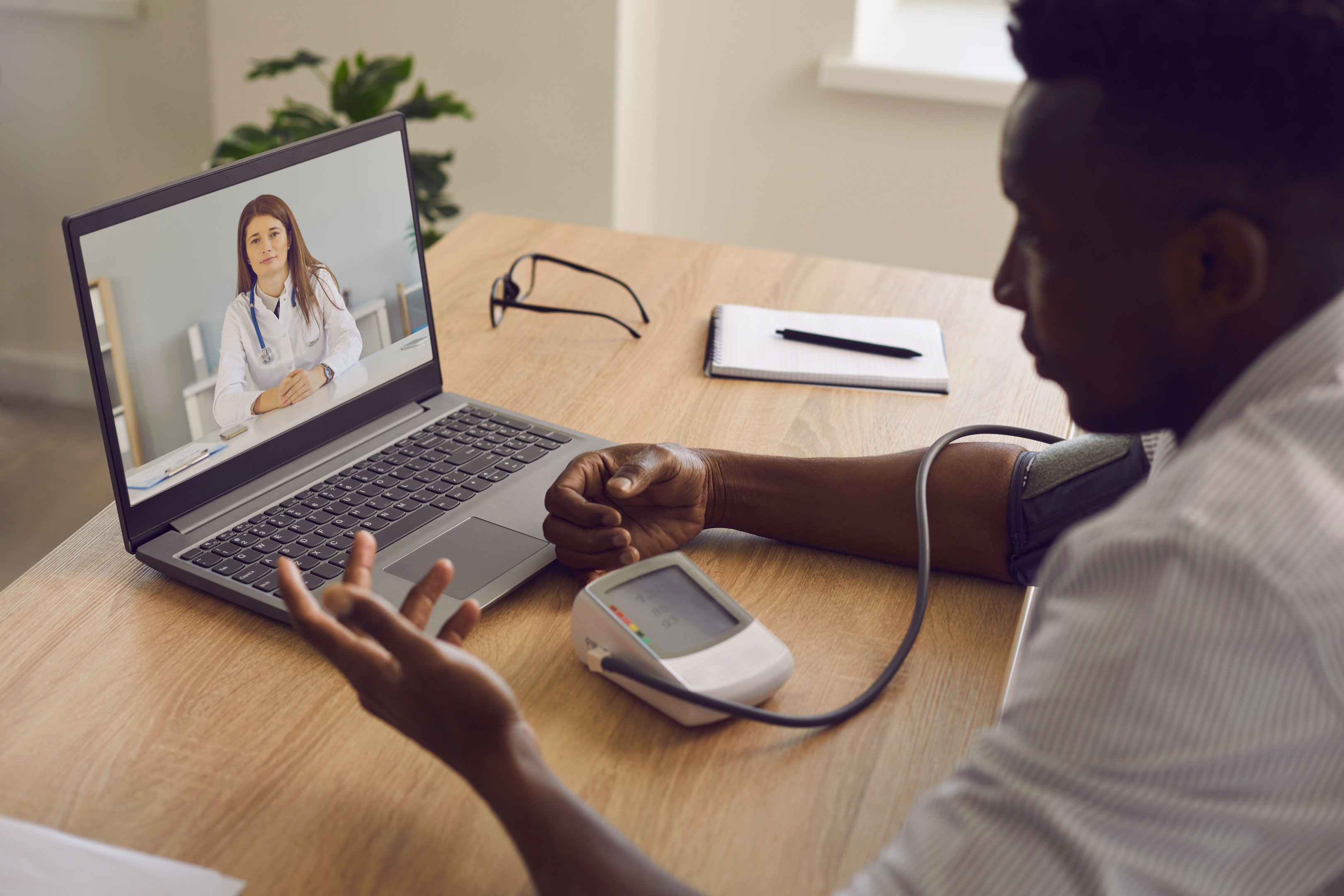
This proactive approach is particularly beneficial for managing chronic diseases, preventing complications, and optimizing overall patient outcomes. In essence, Remote Patient Monitoring programs redefine the patient-provider relationship by creating a continuous and virtual bridge that ensures patients receive the right care at the right time, ultimately contributing to improved health management and reduced healthcare costs.
Remote Patient Monitoring and Utilization Management: A Symbiotic Relationship
Remote Patient Monitoring (RPM) plays a key role in supporting healthcare utilization management through concurrent review processes. Take, for example, RPM virtual care management services that contribute to effective discharge planning by actively involving patients in their care journey. This involvement includes educational videos, readily available resources, pre-scheduled telehealth visits post-discharge, and user-friendly text messaging or videoconferencing tools. The heightened engagement of patients translates to them taking an active role in managing their health conditions, fostering a deeper understanding and reducing the likelihood of readmission.
Additionally, RPM facilitates seamless care coordination and transitions by enabling the exchange of patient medical data across various healthcare organizations. Near real-time communication tools between patients and providers further enhance physician workflows, ensuring a smoother care delivery process. Significantly, Remote Patient Monitoring provides healthcare providers and payors with access to valuable medical data, enhancing the quality of care and supporting the shift towards value-based care. By enabling early interventions that potentially may prevent emergency department visits, RPM can programs contribute to substantial cost savings for payors that would otherwise be incurred in extensive in-person treatments.
Proactive Patient Care with RPM
Remote Patient Monitoring heralds a new era of proactive patient care by offering continuous and real-time monitoring of vital signs and health metrics. Unlike traditional healthcare models, which rely on periodic in-person visits, RPM enables healthcare providers to observe patients’ health data regularly, creating a more dynamic and responsive approach to care.
Through the use of connected devices, patients can transmit vital health information, such as heart rate, blood pressure, glucose levels, and more, to healthcare professionals in near real-time. This continuous stream of data empowers providers to detect subtle changes or early signs of health deterioration promptly. For instance, anomalies in vital signs can trigger alerts, prompting healthcare professionals to investigate further or intervene promptly.
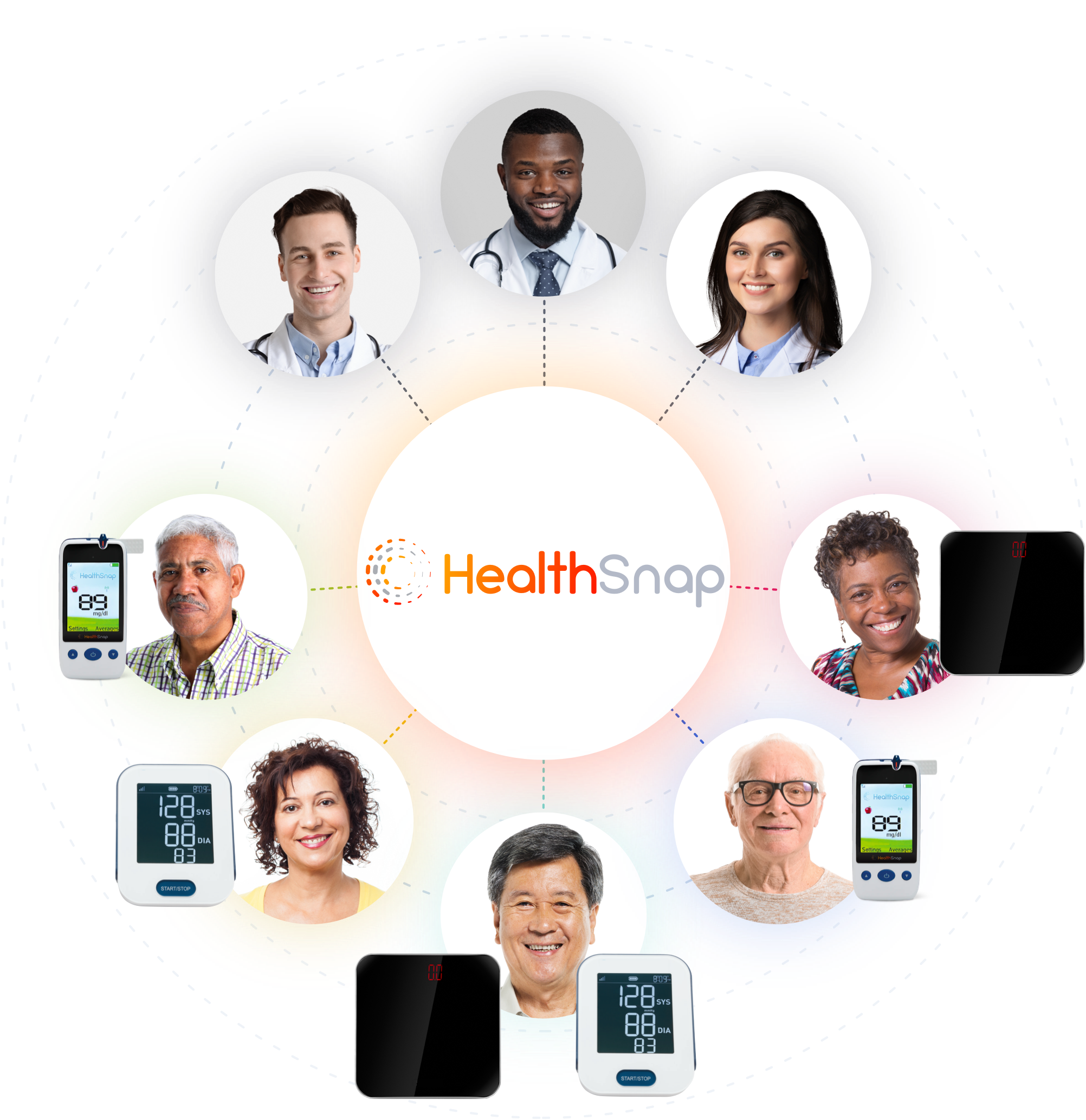
The impact of timely interventions facilitated by Remote Patient Monitoring can be profound, particularly in preventing health deterioration and avoiding unnecessary hospital admissions. By identifying issues at an early stage, healthcare providers can implement targeted interventions, such as medication adjustments, lifestyle modifications, or remote consultations. This proactive approach not only improves patient outcomes but also may contribute to the reduction of emergency room visits and hospital readmissions.
In essence, RPM transforms patient care from a reactive paradigm to a proactive and preventive model, enhancing the overall quality of care while reducing the burden on healthcare facilities and resources. This approach aligns with the broader shift in healthcare towards personalized and patient-centered models that prioritize early intervention and holistic well-being.
Optimizing Resource Utilization with RPM
Remote Patient Monitoring is a key tool in optimizing resource utilization within the healthcare ecosystem. One significant aspect of resource optimization with Remote Patient Monitoring programs is the ability to prevent potential emergency room visits. Through continuous monitoring, healthcare providers can identify potential issues early on, enabling timely interventions that may circumvent the need for urgent care. For example, a patient with chronic conditions such a heart failure or diabetes might exhibit subtle changes in vital signs. RPM allows healthcare professionals to address these changes promptly, preventing the escalation of health issues that could lead to emergency room visits.
Moreover, RPM may contribute to decreased hospital readmissions, a critical factor in optimizing healthcare resources. By providing a continuous connection between patients and healthcare providers, Remote Patient Monitoring facilitates ongoing support and monitoring post-discharge. This not only improves patient outcomes but also may help to prevent possible complications that can lead to readmission.
Customized Care Plans for Chronic Conditions with RPM
Remote Patient Monitoring serves as a cornerstone in the development and implementation of tailored care plans for chronic conditions, revolutionizing the approach to managing chronic conditions such as diabetes, hypertension, and heart failure.
RPM enables the creation of personalized care plans by providing continuous, near real-time data on vital health metrics. For instance, in diabetes management, RPM allows healthcare providers to monitor patients’ glucose levels regularly. This data forms the basis for personalized interventions, including medication adjustments, lifestyle modifications, and timely consultations. The ability to gather comprehensive and up-to-date information ensures that care plans are precisely tailored to each patient’s unique health needs and circumstances.
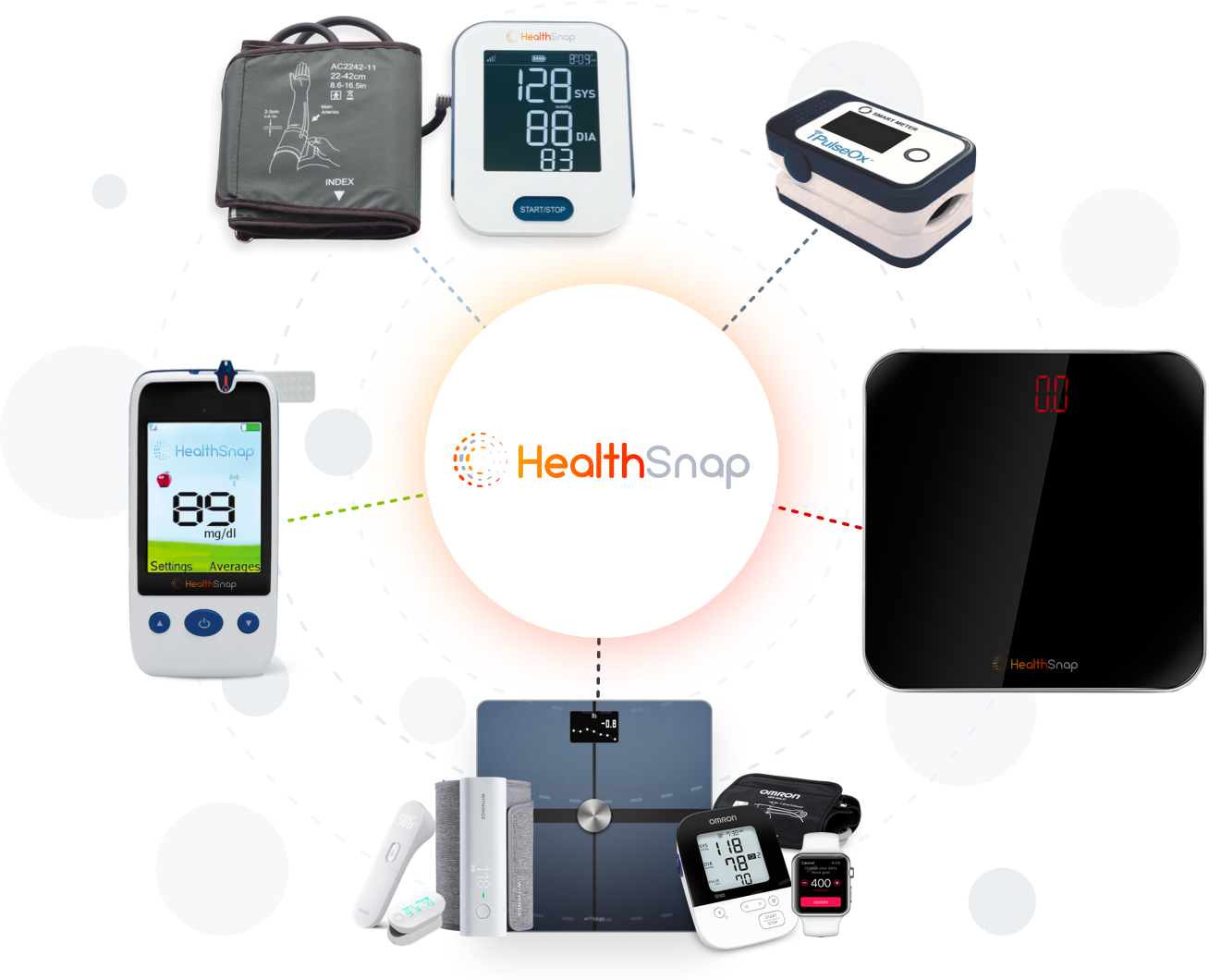
In the case of hypertension, RPM plays a key role in monitoring blood pressure trends. By collecting data on a patient’s blood pressure in real-time, healthcare providers can adjust medications, recommend lifestyle changes, and offer targeted guidance. This personalized approach is far more effective than generalized care plans, as it addresses the specific health fluctuations and needs of each individual.
Heart failure, a condition requiring meticulous management, benefits significantly from RPM. By continuously monitoring parameters like weight, blood pressure, and heart rate, healthcare providers can detect early signs of decompensation. This timely information empowers them to intervene proactively, preventing exacerbations and hospitalizations.
The overarching theme is that RPM allows healthcare providers to move away from one-size-fits-all approaches to chronic condition management for their patients. Instead, it promotes individualized care plans that consider the unique health profiles and responses of patients. This not only enhances the effectiveness of interventions but also fosters patient engagement and adherence, resulting in improved outcomes for those managing chronic conditions.
Improving Adherence and Outcomes with RPM
Remote Patient Monitoring has emerged as a tool for improved patient engagement, enhanced adherence to care plans, improved medical care utilization, and ultimately, better long-term health outcomes for individuals managing chronic diseases.
The ongoing flow of information with RPM not only keeps healthcare providers informed but also engages patients in their own healthcare journey. Patients become active participants in monitoring and managing their health, fostering a sense of empowerment and control. With access to their real-time health data, patients are more likely to adhere to prescribed care plans, whether related to medication management, lifestyle changes, or other interventions.
Improved adherence to care plans, in turn, contributes to better health outcomes for chronic disease patients. By addressing potential issues as they arise, rather than during sporadic healthcare visits, RPM allows for timely interventions. For example, in diabetes management, if glucose levels are consistently outside the target range, care teams can adjust medication or recommend lifestyle changes promptly, preventing potential complications and improving overall health.
Comprehensive Health Data Analytics with RPM
Remote Patient Monitoring (RPM) supports reliable health data analytics, offering healthcare professionals an unparalleled view of patient health. Data analytics in RPM extends beyond traditional healthcare settings, allowing healthcare providers to monitor patients’ vital signs, medication adherence, and other relevant health indicators seamlessly. This comprehensive approach enables a holistic understanding of the patient’s health status, contributing significantly to informed decision-making.
In the arena of Utilization Management, the role of data analytics in RPM is particularly impactful. By having access to a wealth of patient data, healthcare professionals can proactively identify trends, potential issues, or deviations from established care plans. This foresight allows for timely interventions, preventing health deteriorations that might lead to unnecessary hospitalizations or emergency department visits.
Predictive Analytics for Risk Stratification with RPM
By harnessing the power of advanced algorithms and machine learning, Remote Patient Monitoring programs utilize predictive analytics to stratify patients based on their risk levels. Through continuous monitoring of vital signs, medication adherence, and other health metrics, RPM generates vast datasets. These datasets become the foundation for predictive analytics models, which can forecast potential health issues or deviations from established care plans. By identifying patterns and trends within the data, Remote Patient Monitoring programs can help stratify patients into different risk categories, ranging from low to high risk.
The proactive measures enabled by predictive analytics in RPM are a game-changer for healthcare providers. High-risk patients, identified through predictive modeling, can receive targeted interventions and personalized care plans to mitigate potential health crises. For example, if an RPM program detects subtle changes in vital signs that indicate a deteriorating condition, care teams can intervene early, preventing the escalation of health issues and avoiding potentially costly hospitalizations.
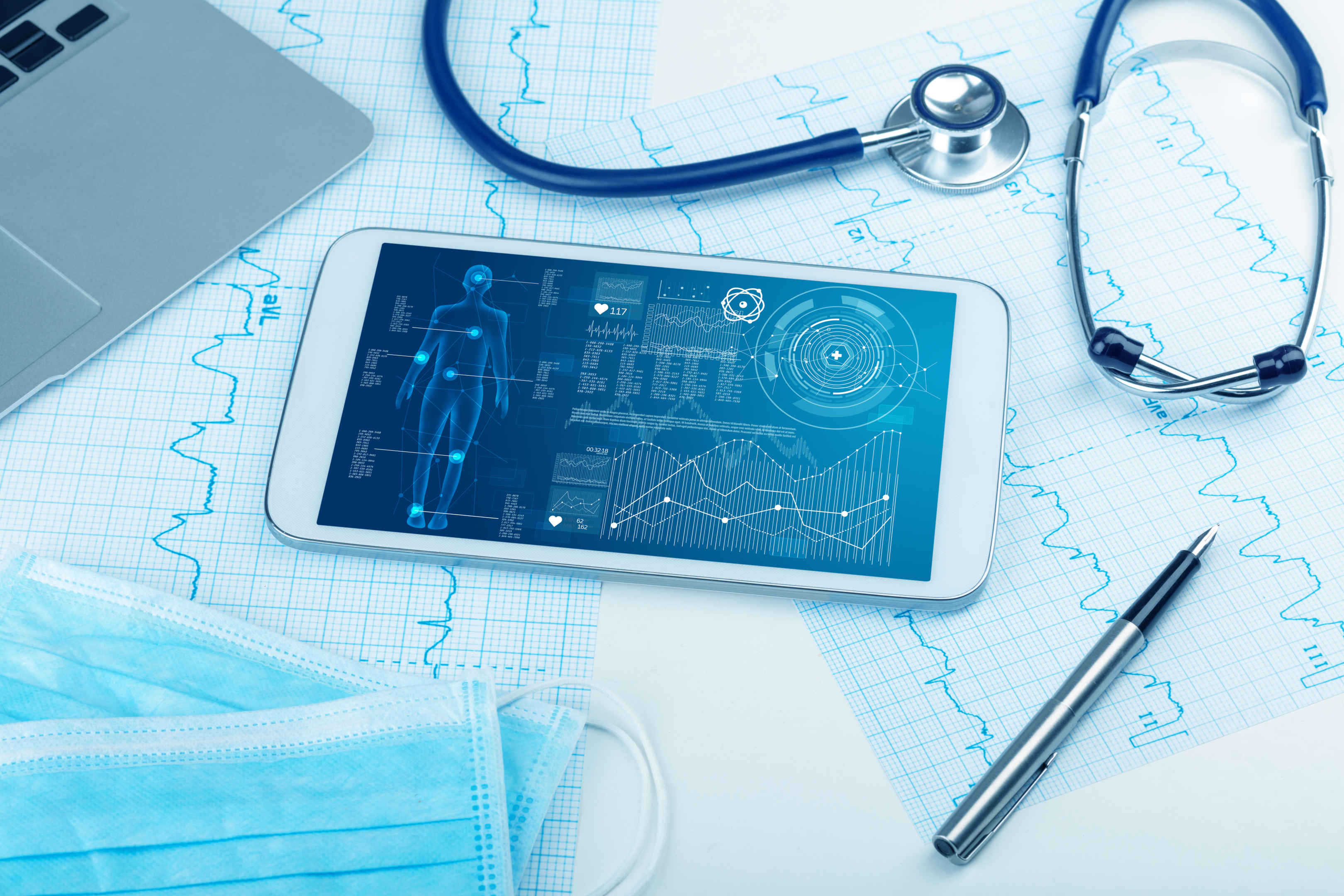
Furthermore, predictive analytics functions, that may be part of an RPM program, support the optimization of healthcare resources. By focusing on high-risk patients, providers can allocate resources efficiently, ensuring that those who need more frequent monitoring or interventions receive the necessary attention. This targeted approach aligns with Utilization Management strategies, contributing to a more cost-effective and patient-centric healthcare model.
Addressing Healthcare Disparities with RPM
Addressing healthcare disparities is a critical aspect of deploying Remote Patient Monitoring (RPM) to ensure that the benefits of this technology reach various patient populations, regardless of demographic, socioeconomic, or geographic factors, and across various societal and individual determinants.
RPM holds the potential to contribute significantly to reducing healthcare disparities by overcoming barriers to access and improving healthcare outcomes for underserved populations. One of the key advantages of virtual care management with RPM is its ability to provide continuous care monitoring outside traditional healthcare settings. This is particularly beneficial for individuals in remote or underserved areas who may face challenges in accessing regular healthcare services.
However, there are potential challenges in ensuring equitable access to RPM technologies. These challenges may include socioeconomic factors, such as limited access to smartphones or reliable internet connectivity, especially in rural or economically disadvantaged areas. Additionally, disparities in health literacy and digital literacy can affect the effective utilization of RPM among different demographic groups.
To address these challenges and promote healthcare equity via Remote Patient Monitoring programs, several solutions can be implemented:
-
Community Engagement and Education: Initiatives that focus on community engagement and education can help raise awareness about the benefits of RPM. This includes providing information on how to use RPM devices, interpret health data, and engage with healthcare providers remotely.
-
Collaboration with Community Organizations: Establishing partnerships with community organizations, local healthcare providers, and advocacy groups can enhance the reach of RPM initiatives. These collaborations can provide support in addressing specific challenges unique to different communities.
-
Culturally Competent Care: Designing RPM programs with cultural sensitivity and linguistic competence is essential to cater to diverse populations. This involves creating interfaces and educational materials in multiple languages and considering cultural nuances in healthcare practices.
-
Inclusive Design: When developing RPM technologies, adopting inclusive design principles ensures that the solutions are accessible to a wide range of users, including those with varying levels of technological literacy or physical abilities.
By actively addressing these challenges and implementing solutions, RPM programs can contribute to reducing disparities in healthcare and become a valuable tool for improving health outcomes across diverse populations. This approach aligns with the broader goal of achieving healthcare equity and ensuring that advanced healthcare technologies benefit everyone, regardless of their background or circumstances.
Achieve Excellence in Healthcare Delivery with HealthSnap’s RPM Programs
Elevate your healthcare practice to new heights with HealthSnap’s industry-leading Virtual Care Management programs. Our state-of-the-art RPM solutions empower healthcare providers to deliver personalized and proactive care, extending beyond traditional settings. By seamlessly integrating into existing workflows, HealthSnap ensures near real-time monitoring of patients’ vital signs and health metrics, enabling timely interventions to prevent health deterioration and reduce unnecessary hospital admissions.
With customized care plans for chronic conditions, improved patient adherence, and comprehensive health data analytics, HealthSnap changes the way you manage patient care. To achieve enhanced patient outcomes and optimized healthcare utilization management, explore HealthSnap’s Virtual Care Management program offerings. Please call us to request a demo with one of our specialists at 888-780-1872 (Ext. 3) or click here to schedule a consultation.

